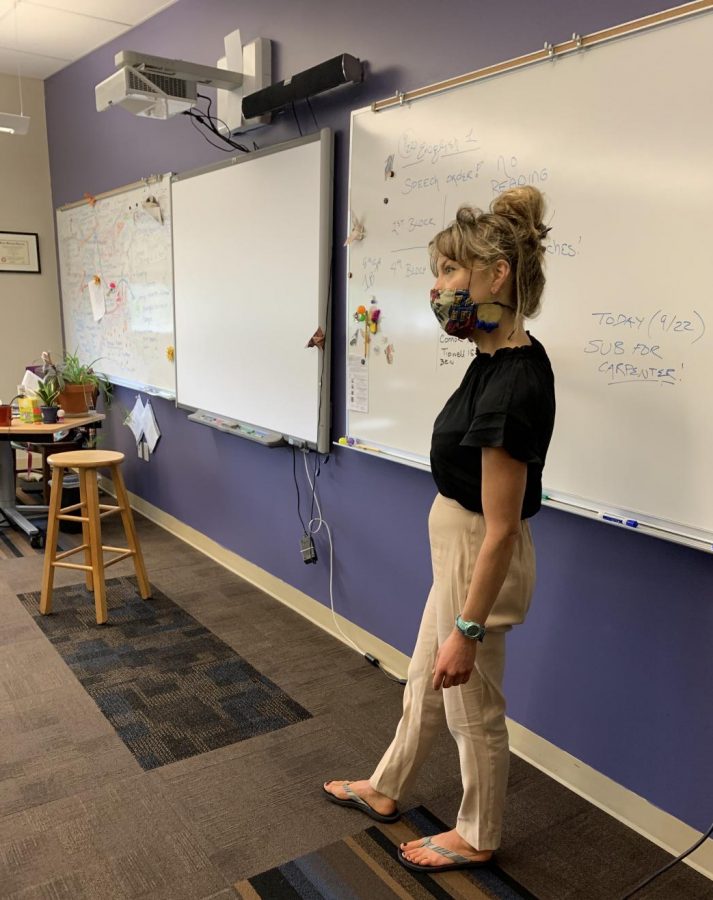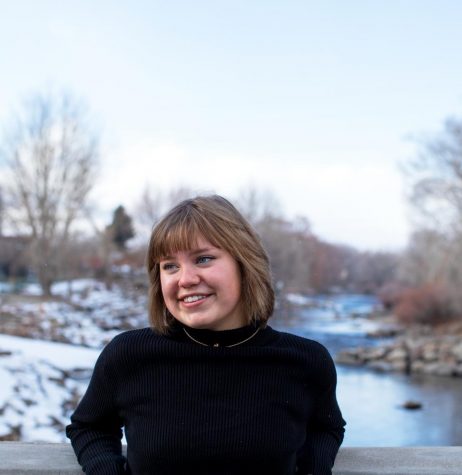SHS Implements New Block Schedule
October 17, 2020
Not only have Salida High School students and staff been faced with learning how to interact in accordance with the COVID health guidelines, but also figuring out the new block schedule.
“It’s a lot different from what we had last year for sure,” senior Hannah Frost said. Having been at SHS all four years of high school it was quite the 180 for her to learn the block schedule this year. “It’s kinda nice as an upperclassman to have classes more organized by semester because it kinda prepares you for college,” Frost mentioned.
The faster pace of classes provides a peek into the format of university-level classes, providing insight to juniors and seniors contemplating their post-secondary plans. Frost does admit that being in class for 100 minutes can lead to an overload of information, which is not beneficial when attempting to learn thoroughly. Initially, Frost was concerned that it was going to be confusing, but now that she has it down, it isn’t so bad.
As a Freshman Clara Streeter has had to learn the ropes of high school and the block schedule at the same time. When she heard that the high school would be switching to the block schedule, Streeter said, “to be quite frankly honest, I kinda flipped out.” She had wanted to have that, “full high school class experience, which didn’t happen.”
Upon receiving more information, however, she noticed some aspects of it are beneficial to her. “It allowed me to do more classes,” She said. Due to the variance in class length, Streeter is able to participate in concert band, jazz band, and physical education, while still taking all of her required freshman classes. Ultimately she is “on the fence” about whether she prefers the new block plan or a traditional school day layout.
Teacher Amy Moore is having a notably different experience from the students. After ten years of teaching, she had to re-learn time management and change significant parts of her teaching style. Teaching both a full block and skinnies (half a block) Moore has mixed feelings about the format. The 47-minute skinnies feel “extremely fast,” the seven minutes deduction from a normal hour last year makes a big difference. She has had to tweak her class time management in order to accommodate the short skinnies. “It’s difficult to have the intro and closing activities,” she said. The block on the other hand, “feels long.” Moore has been struggling with the dilemma of not wanting to “lose content time,” and “losing people mentally.” Sometimes the long periods can be enjoyable. “We can have a little bit of class discussion, we can have a reading, we can do an activity, and we have time to do all of that… instead of having to stop and restart.”
Where the extended time can be nice it is also challenging to miss school. Moore missed a week of school, but because the block meets every day it was the equivalent of missing two weeks on a normal schedule.
“It’s really hard to be gone as instructors and students because you miss so much every day.”
Initially, Moore’s biggest concern surrounding the block schedule was “keeping students engaged for 100 minutes,” and doing so in line with COVID guidelines. Moore said “time will tell,” if the intended benefits of the block schedule will pan out. Overall the implementation of changes in her teaching style has been an ever-evolving process for Moore. Trial and error have proven to be the most effective methods of learning how to operate in the new format.


